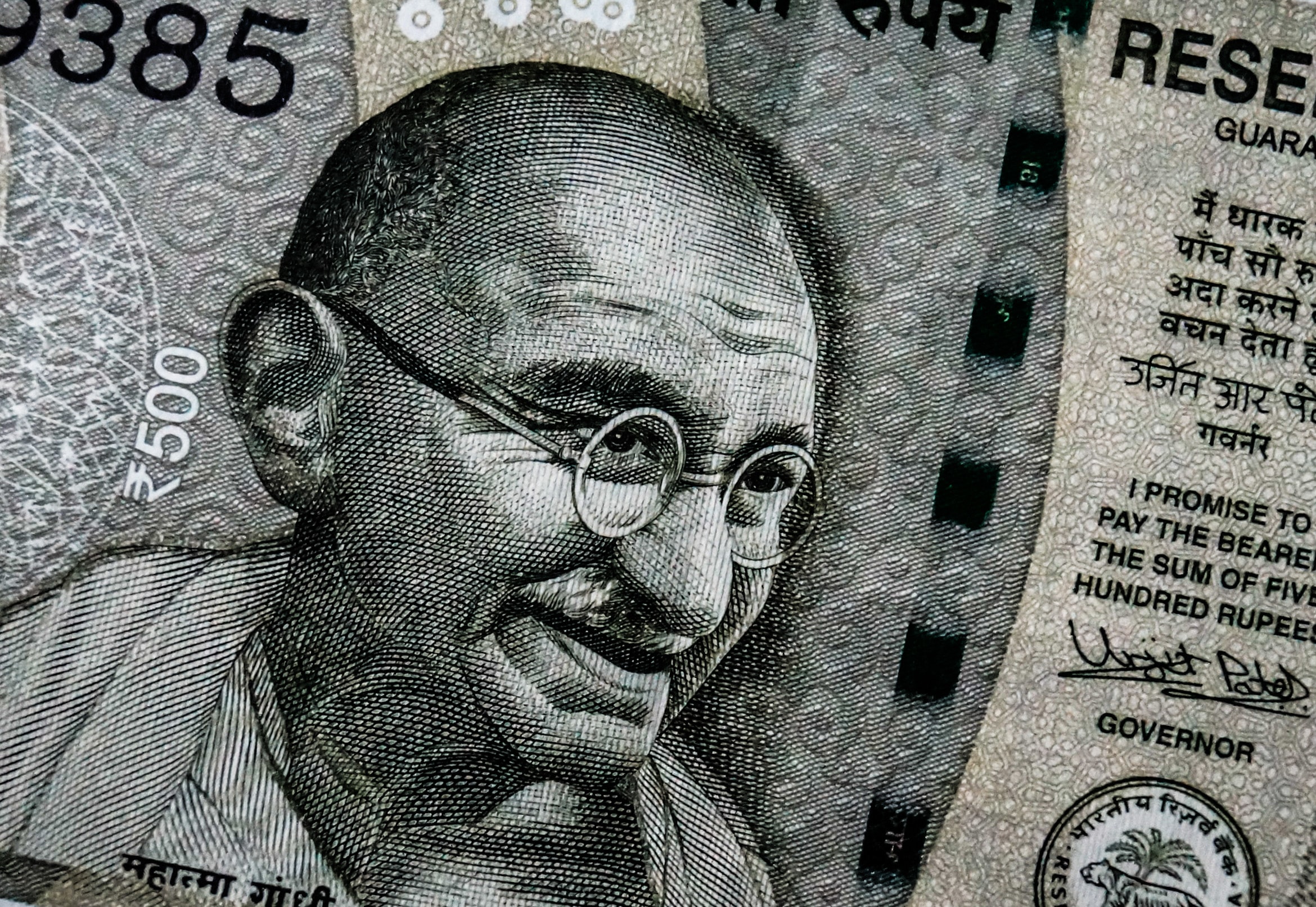Is Our Money Dirty: An Analysis In Light Of A Pandemic
2nd Apr 20

Coronavirus or COVID-19 is proving to be a great threat to the world. Recently, the Confederation of All India Traders (CAIT) urged Indian Finance Minister Nirmala Sitharaman to organize a comprehensive investigation. This investigation will be conducted to gauge the chances of spreading the disease through currency notes.
Evidently, currency notes and coins are a major carrier of communicable diseases. Hence, the use of alternatives modes of payment is becoming necessary, now more than ever.
How Can Currency Be A Medical Threat?
Currency notes can carry micro-organisms that, in turn, can cause diseases and infections. In fact, CAIT President MB.C.Bhartia has suggested that the situation has the capability of becoming even more grave as the Indian population traditionally contact their fingers and mouth while counting notes.
These issues might not seem that significant at first but scientific researches have proved otherwise.
Journal of Current Microbiology and Applied Sciences published a report in 2016 is one such report. It proved that 86.4% of currency notes are contaminated with pathogens that cause diseases. Furthermore, another report by the Departments Of Microbiology and Pulmonary Medicine at King George’s Medical University, Lucknow revealed a frightening discovery. It showed that almost all currency samples were contaminated with parasites, fungus, and bacteria.
Does Material Matter?
An article by Medscape found that the material of the currency note can also affect its level of contamination. According to research, Polymer-based banknotes have a lower bacterial count than cotton-based banknotes. This is because cotton provides a good surface for bacterial attachment. Resultantly, currency notes in New Zealand and Australia have a lower bacterial count as their currency is polymer-based.
Moreover, the polymer-based banknotes in Mexico showed a lower bacterial count than their cotton-based counterparts.
The Indian masses, themselves, are well aware of these findings. In fact, recently, CAIT requested Prime Minister Narendra Modi to switch to polymer-based currency.
How Long Does COVID-19 Stay On Currency?
Countries like China are taking a special interest in understanding whether the currency notes can be a means of spreading COVID-19. In fact, the Peoples' Bank of China has started disinfecting cash through ultraviolet rays. Moreover, in the USA, some banks have reportedly requested the Federal Reserve and the Treasury to prove the safety of their banknotes.
WHO has stated that it is uncertain how long COVID-19 can last on surfaces, especially currency notes. Some studies suggest that the virus can last from several hours to several days. It also depends on the type of surface, humidity in the environment and temperature. Moreover, a German study has come up with this time frame of virus persistence:
|Surfaces | Length
|---|---|
| Aluminum| 2 - 8 hours |
| Wood| 4 days |
| Plastic| 2 - 5 days |
| Metal| 5 days |
| Paper| 3 hours to 5 days |
| Ceramic| 5 days |
| Steel| 2 days to more than 28 days |
| Glass| 4 - 5 days |
| Surgical glove (latex)| 8 hours |
The LendEDU Experiment: How Dirty Is Our Money, Really?
On May 3rd, 2019, LendEDU conducted a research project that brought some interesting insights about the contamination of our currency. They tested the surface bacteria of all forms of payment. They tested 27 different bills of varying denominations and 12 different coins of varying denominations. Then, they devised a ‘germ score’ for each of them.
The germ score was derived with the help of Hygiena’s SystemSURE Plus handheld testing device that provided relative light unit (RLU) readings. Each surface was wiped with the Hygiena cotton swab. Then, these cotton swabs were dropped into the SystemSURE Plus device. These readings took 15 seconds for each surface.
##Some Interesting Findings
The LendEDU experiment led to interesting findings that can help us understand just how ‘dirty’ our currency notes and coins can be. For instance:
1) The coins and cash of lower domination seem to have the highest germ count as they are exchanged the most, In fact, the 5$ bill has an average germ score of 216, which is the highest amongst currency notes. Moreover, the cleanest bill domination was $100 notes. Likewise, Quarters have a germ score of 239 and are dirtiest on average.
2) The longer the bill/coin is circulated, the higher the germ score. The dirtiest bill was a $20 bill from 2009. On the other hand, the cleanest bill was a $100 bill from 2013.
How Can You Keep Your Money ‘Clean’?
All of these reports and researches allude to one conclusion: we must try to keep the germ score of our currency as low as possible. Experts in the matter have also come up with some tips that we can follow:
1) Sean Perry, the Founder & Director of Neat Services stated that we must wash our hands regularly. We should also wipe our cards semi-regularly.
2) Bart Wolbers, a researcher at Nature Builds Health advised that it is extremely important to switch to digital payments. Other experts agree that this is the only way to reduce the transmission of viruses like COVID-19.
The reports and researches have revealed that currency and its capacity to transmit viruses cannot be taken lightly. Since the virus spreads by droplets and contact, health organizations strongly recommend switching to digital payments. In the present situations of social distancing and self-quarantining, these measures have not only become important but also indispensable.
About The Author
This blog was authored by Etee Dubey. It was edited by Sandeep Srinivasa.